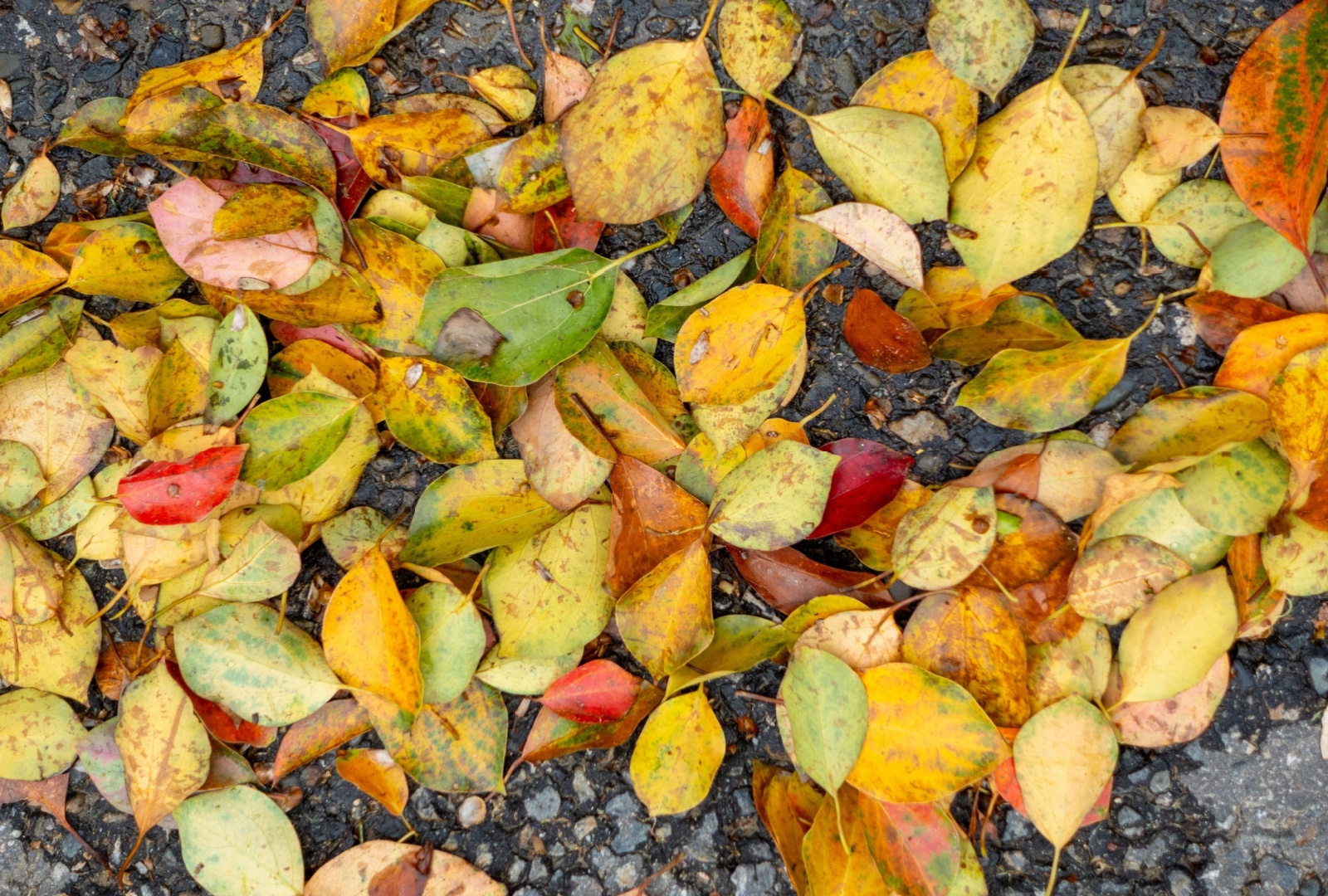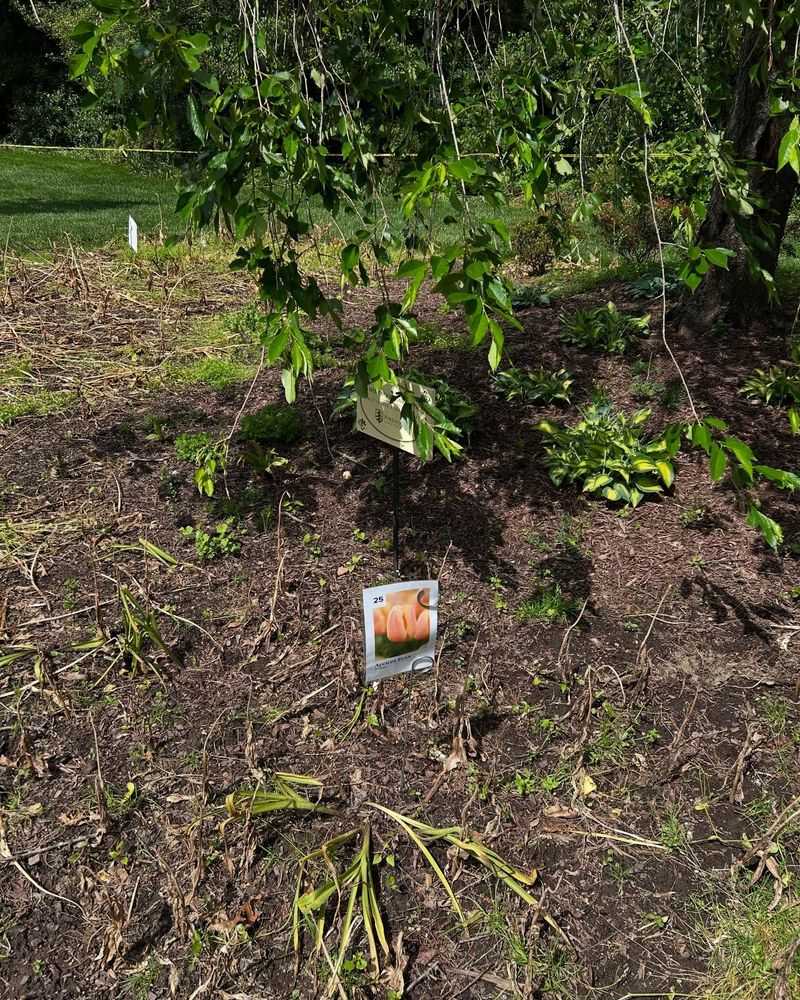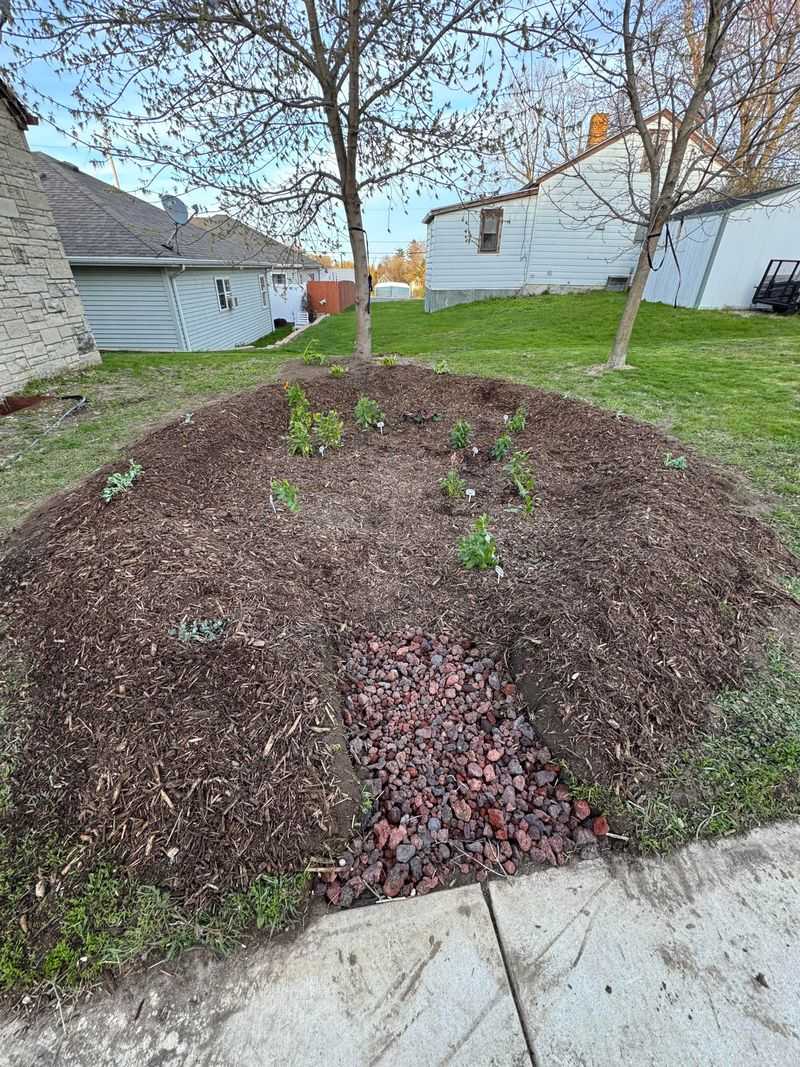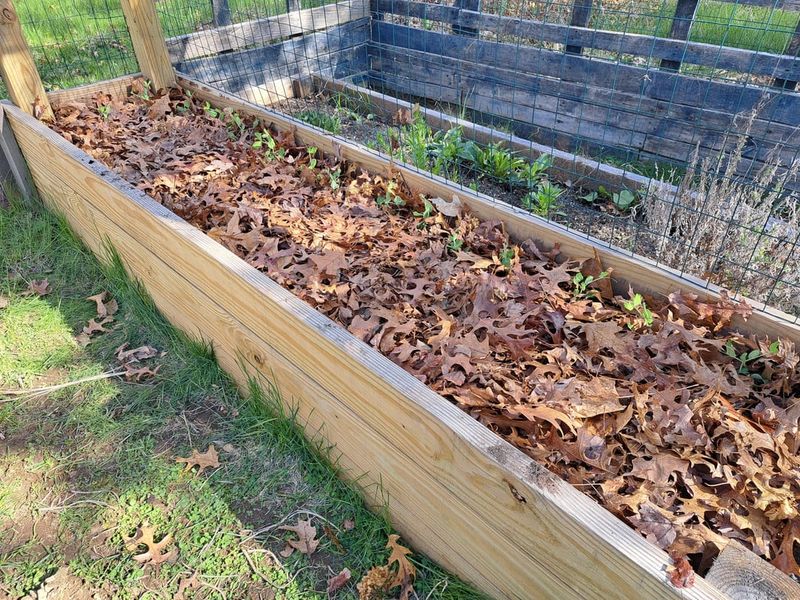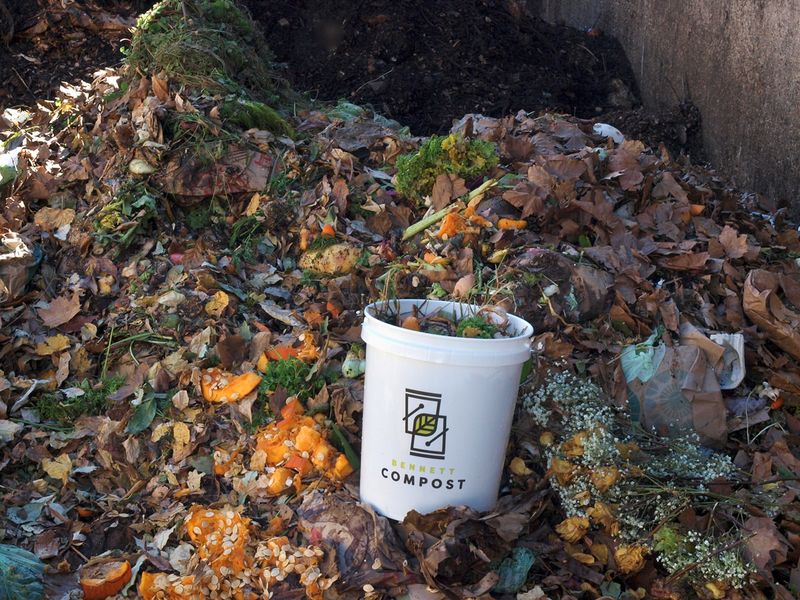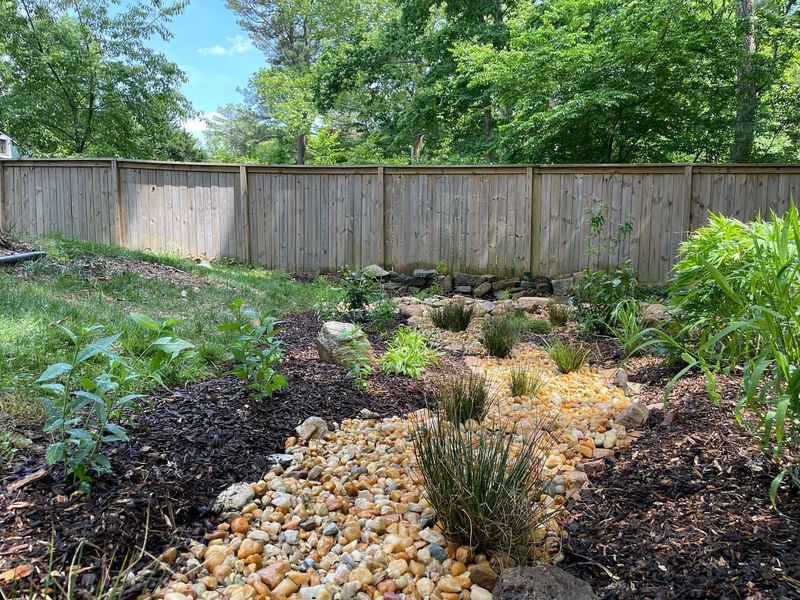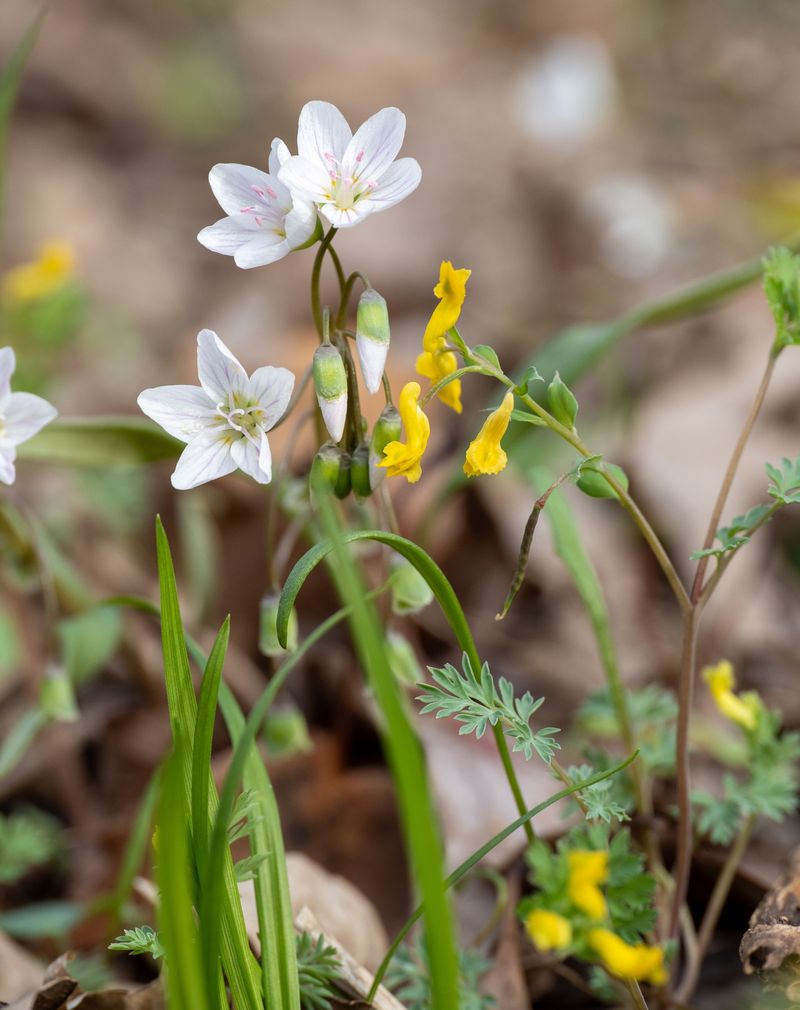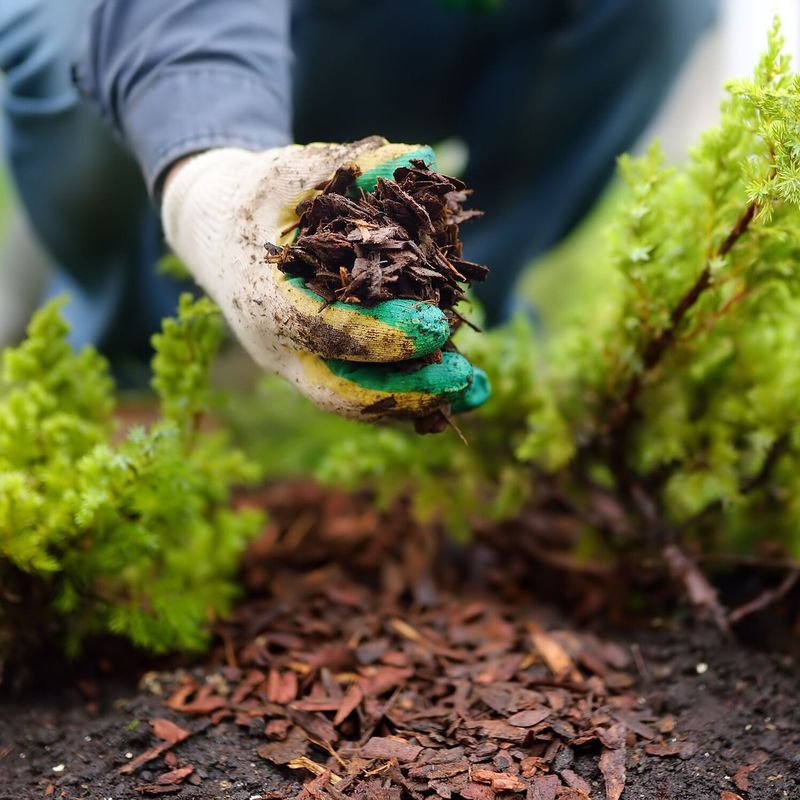Fall brings mountains of leaves to Kansas City yards, creating a golden opportunity for smart gardeners. Instead of bagging them for trash day, you can transform those leaf piles into garden beds that capture rainwater.
This simple recycling trick helps your plants thrive during KC’s unpredictable rainfall patterns while reducing water bills.
1. Mark Your Bed Location Strategically
Scout your yard for natural low spots where water already collects during rainstorms. These depressions make perfect locations for your rain-capturing beds.
Kansas City’s clay-heavy soil means water often pools in certain areas rather than soaking in evenly. By working with your yard’s natural drainage patterns, you’ll maximize water collection without needing to dig as deeply.
2. Dig A Shallow Basin Shape
Grab your shovel and create a gentle bowl-shaped depression about 6-8 inches deep at the center. The edges should slope gradually toward the middle, forming a natural collection area for rainwater.
Many Kansas City gardens sit on heavy clay soil that doesn’t drain quickly. Your basin shape takes advantage of this quality, holding moisture longer for plant roots while preventing runoff into storm drains.
3. Layer Fallen Leaves As Foundation
Spread your collected leaves across the basin floor, creating a thick layer about 4-5 inches deep. Oak and maple leaves work especially well since they’re abundant in Kansas City neighborhoods.
Don’t bother shredding the leaves first. Whole leaves create air pockets that improve drainage while gradually breaking down. As they decompose, they’ll feed your soil with nutrients perfect for native Missouri plants.
4. Add Compost To Speed Decomposition
Sprinkle a 1-inch layer of compost over your leaf foundation. Kitchen scraps, grass clippings, and coffee grounds from your home compost bin work perfectly for this step.
The compost introduces beneficial microorganisms that accelerate leaf breakdown. Missouri’s warm, humid summers create ideal conditions for this natural process, turning your leaf pile into rich soil within months rather than years.
5. Create Berms For Water Retention
Form small ridges along the downhill edges of your bed using the soil you removed earlier. Pack these berms firmly to create mini dams that slow water flow during Kansas City’s famous summer thunderstorms.
Make your berms about 3-4 inches high and 6 inches wide at the base. The gentle slope prevents erosion while giving rainwater time to soak into your garden rather than rushing away.
6. Plant Native Missouri Species
Choose water-loving native plants like cardinal flower, blue lobelia, or swamp milkweed that thrive in Kansas City’s climate. These deep-rooted natives pull water deep into soil during heavy rains.
Space plants farther apart than normal package directions suggest. Your enriched leaf bed will support vigorous growth, and these natives will quickly fill in gaps. Bonus: they’ll attract monarch butterflies and hummingbirds to your garden!
7. Mulch With Fresh Leaves Annually
Each fall, celebrate leaf-dropping season by adding a fresh 2-inch layer of newly fallen leaves to your bed. This annual mulching mimics natural forest floor processes and rebuilds your rain-capturing capacity.
Kansas City’s oak-hickory forests have used this technique for centuries! The yearly leaf drop creates a spongy layer that captures moisture during spring rains, storing it for summer’s heat. Your garden simply borrows this time-tested method.

